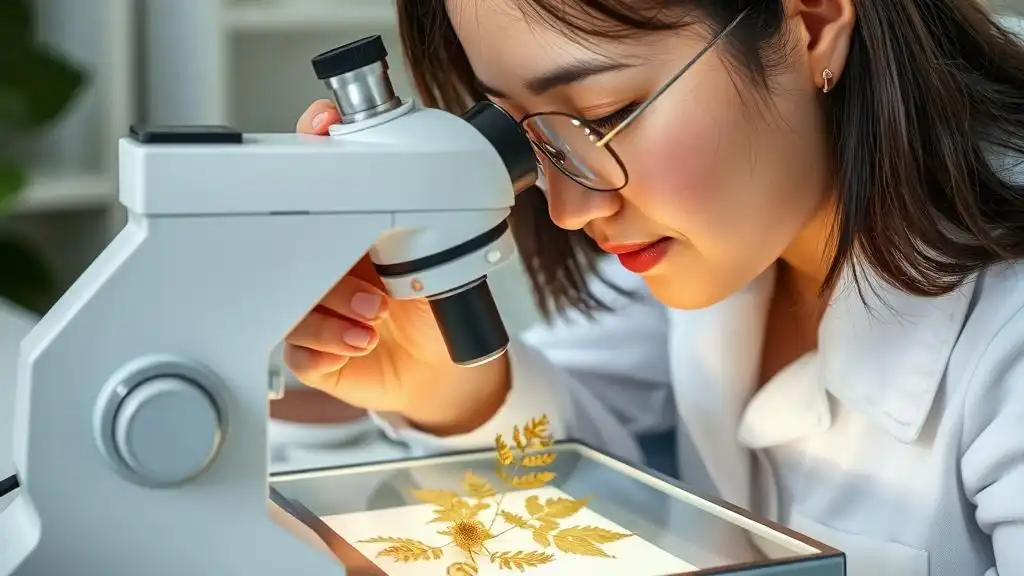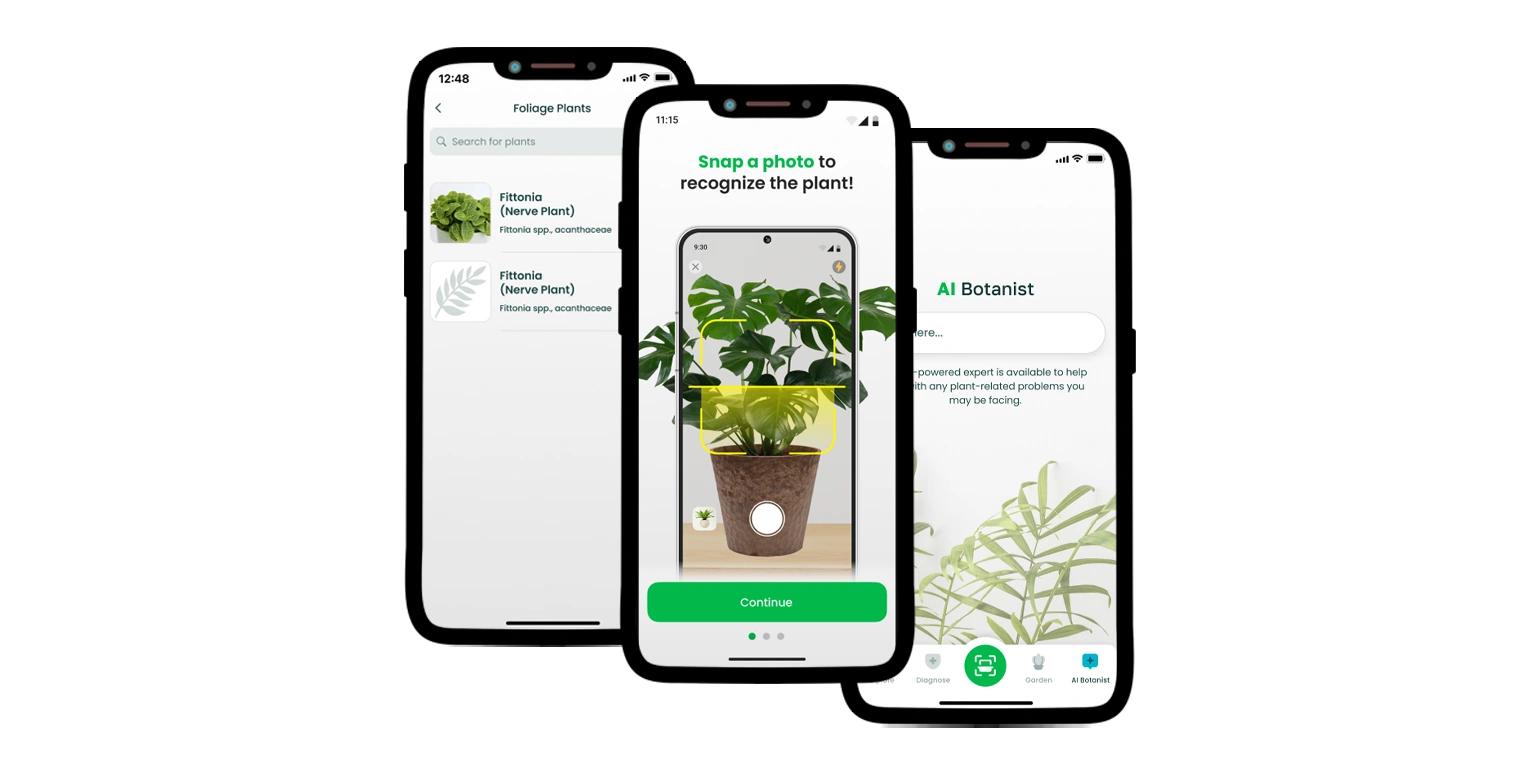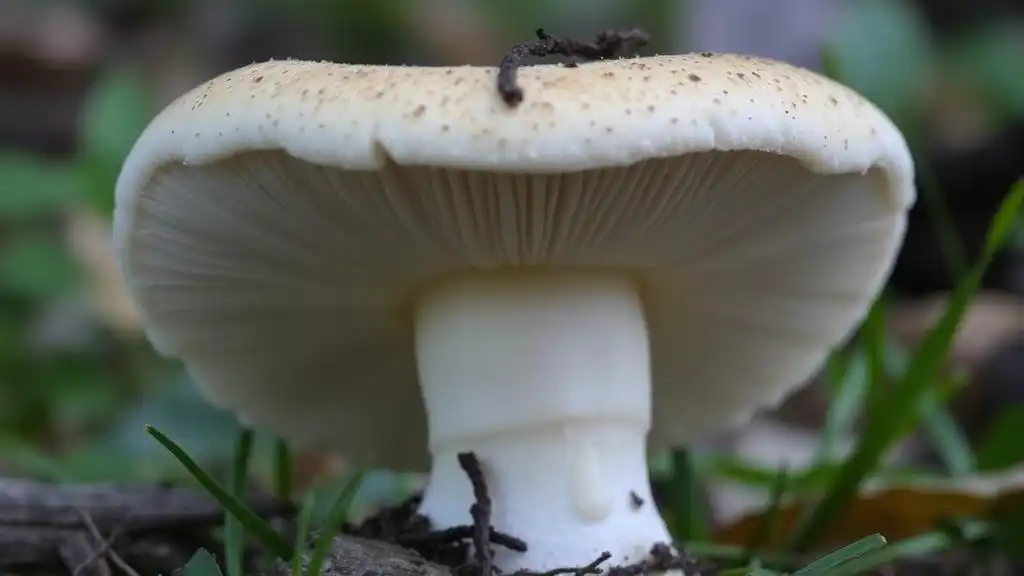What is Mitochondrion and Why is It Vital? Quick Overview

Any living creature is a complex organization with various “containers” that enable growth and development as a whole. For plants (and animals, too, yet that is not the point today), there is one tiny part of the cell responsible for energy release and metabolic efficiency called mitochondrion.
Contents:
Any living creature is a complex organization with various “containers” that enable growth and development as a whole. For plants (and animals, too, yet that is not the point today), there is one tiny part of the cell responsible for energy release and metabolic efficiency called mitochondrion.
This is not going to be a lesson in a biology class but a quick reminder in which cell structure energy is extracted from nutrients and why it does matter. Explore the composition of the plants on the micro level and know why they can even live.

What is Mitochondrion?
Warning: we are not going to provide you with strict scientific notions but try to explain the nature of the process in simple terms instead. Keep in mind that biology (botany in particular) is a sophisticated knowledge that requires patience and close attention.
Generally speaking, mitochondria are membrane-bound organelles, i.e., small structures within the cells of eukaryotic organisms with plants being an integral part of the domain. As most scientists claim, mitochondria are considered “powerhouses of the cell”, for they produce ATP (adenosine triphosphate), a primary energy currency, and, thus, play a vital role in energy production.
What makes mitochondria unique is their contents, i.e., they do contain their own genetic material and can replicate independently of the cell. Nevertheless, the most important thing to remember about these structures is energy production, as well as cell growth regulation, cellular differentiation, and well-balanced production/consumption of energy.
A Structure of a Mitochondrion
As we have stated before, a double-membrane structure is the characteristic feature of a mitochondrion. So, what exactly can it incorporate?
As such, this structure consists of a smooth outer membrane with porins (=proteins) that enable the passage of ions and molecules, an inner membrane with a critical significance in the ATP synthesis, intermembrane space for energy transport chains, and a matrix with a gel-like substance filled with enzymes, mtDNA, ribosomes, and other molecules needed.

Mitochondria Functions
ATP Production: The first and foremost function of mitochondria is to produce ATP through the process of oxidative phosphorylation, which means that the structure is to oxidize the products of glucose in the inner membrane and transport the chain and ATP synthase enzyme.
Metabolic Activity Regulation: Besides, mitochondria help regulate the cell’s metabolic activity, for it responds to the cell’s urgent energy needs. The more energy is required, the more energy is produced, which is quite reasonable and obvious.
Apoptosis: Apart from that, mitochondria are involved in programmed cell death called apoptosis. When a cell is damaged or no longer needed, there will be activated an apoptotic pathway to get rid of the cell for good. Nevertheless, the nature of the process is far more complex than we have covered now.
Heat Production: Sometimes, it is possible for mitochondria to generate heat instead of ATP, which is called proton leak. For mammals, for example, such a process is vital since it makes it possible for them to maintain body temperatures efficiently.
Biosynthesis: Last but not least option refers to the synthesis of certain molecules, such as steroids or heme groups. Any living being is hard to explain, and mitochondria indeed play a compound role in various cellular functions we cannot name on the spot. Hope it all goes well and never affects plants in a negative way.

Want to Learn More About Plants? Opt for AI Plant Finder!
Botany explorations are definitely captivating and extremely interesting. However, it might be complicated to find a reliable source of information that could be as informative as fascinating, too. Nonetheless, a solution was found: AI Plant Finder, a new yet promising platform designed specifically for plant education and gardening endeavors. But what can it offer?
In general, such applications have numerous plant-centered opportunities, starting from extensive encyclopedias and plant care guides for gardeners of all proficiency levels. To be more specific, AI Plant Finder also delivers a plant ID tool for quick identification right on the spot with the use of a camera, plant care notifications that can be set for any garden inhabitant independently, an AI Botanist ready to answer all of your questions 24/7, and more.
AI Plant Finder cannot replace botany classes but it can surely promote one’s green education and help them discover new concepts with pleasure and respect. Always know where to seek new experiences and profound information so as to keep up-to-date and conscientious, too.

Mitochondria play an essential role in plant growth, as this element of a cell performs several vital functions, i.e., energy production, cellular respiration, and regulation of metabolic processes, that enable proper development, as promised. These activities ensure that plants turn into healthy and fruitful instances, able to reproduce and complement the environment.
Share:
Read More
Identify Any Plant, Diagnose Every Disease
Download Our App Now!

